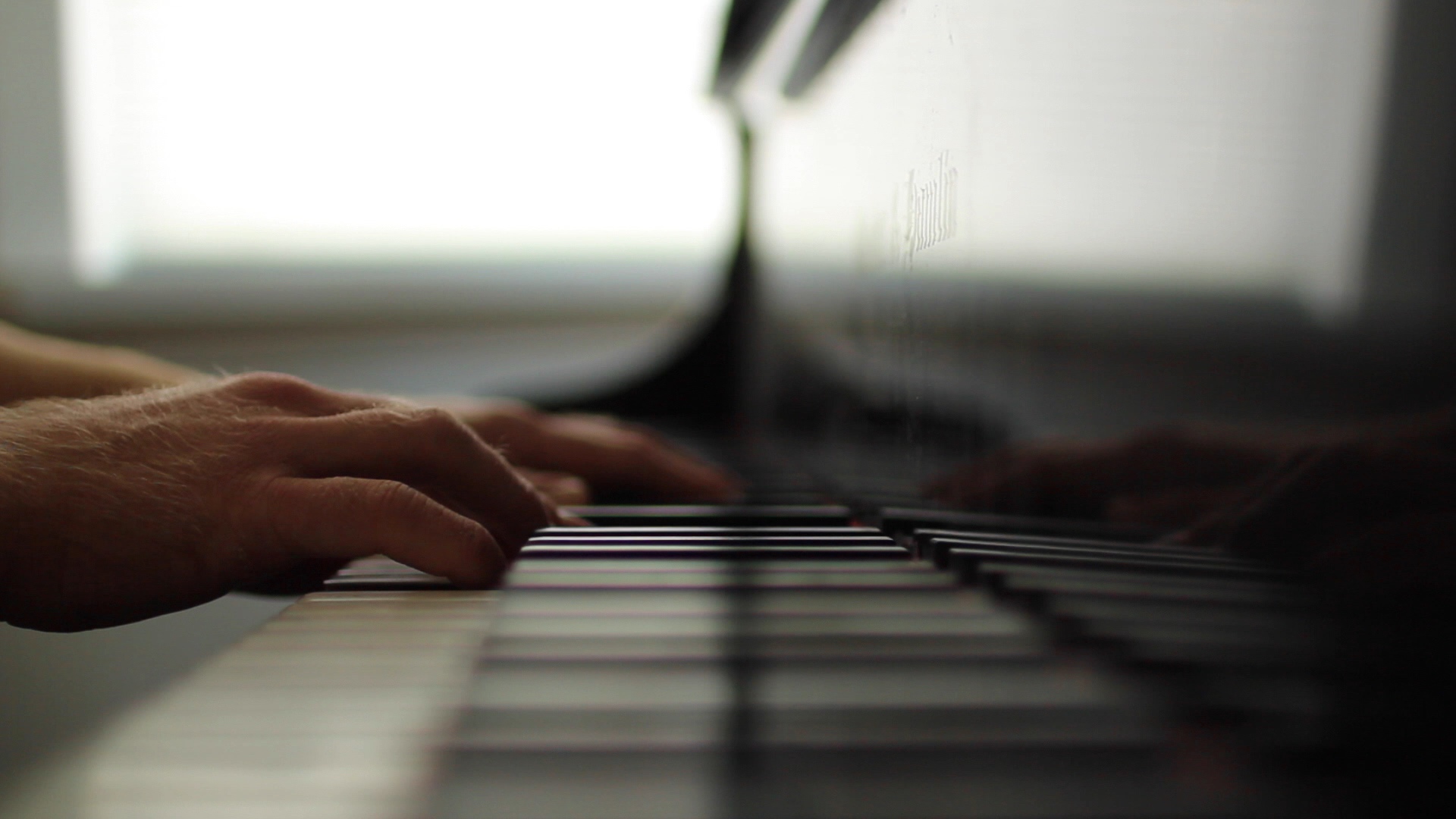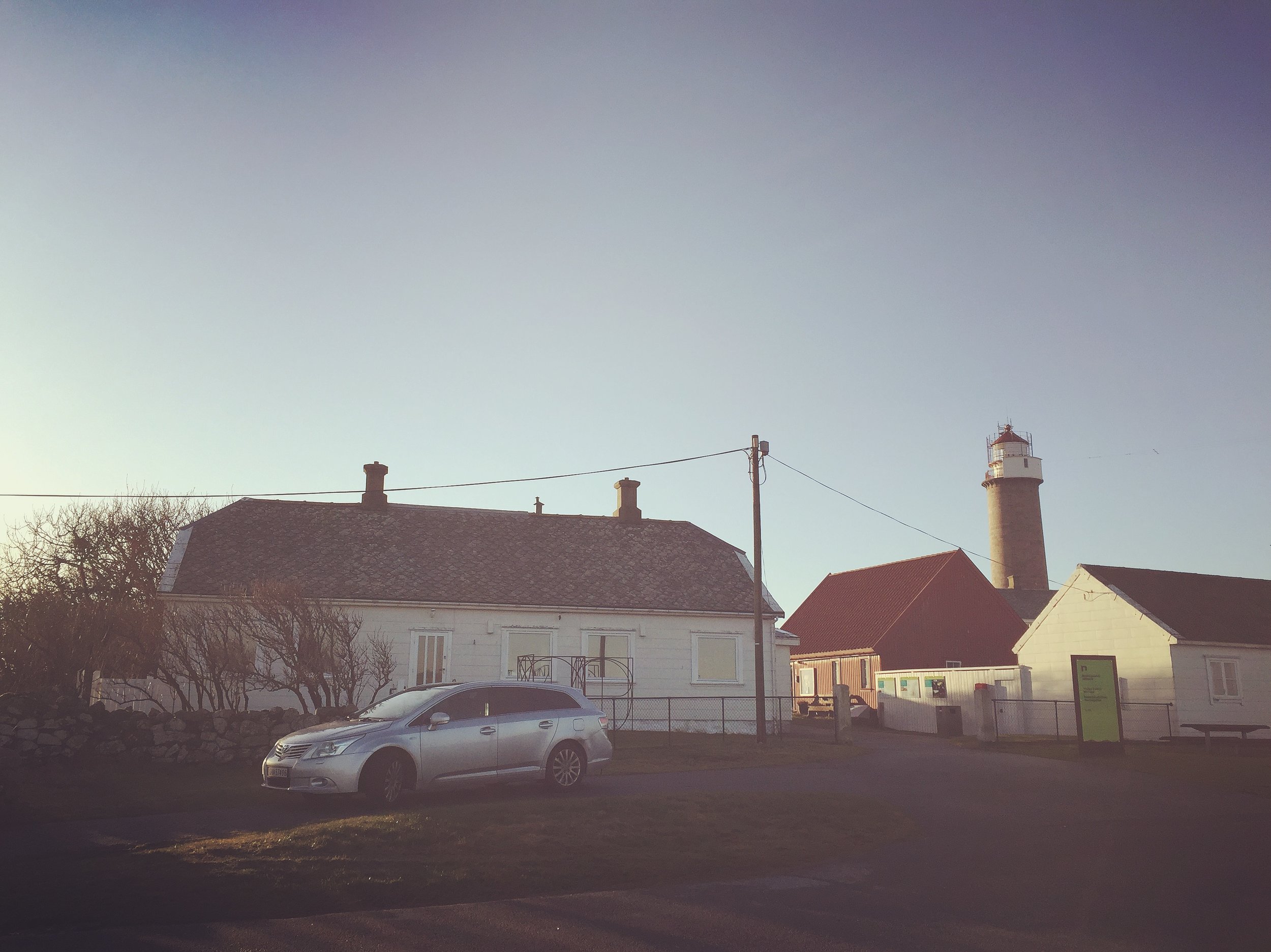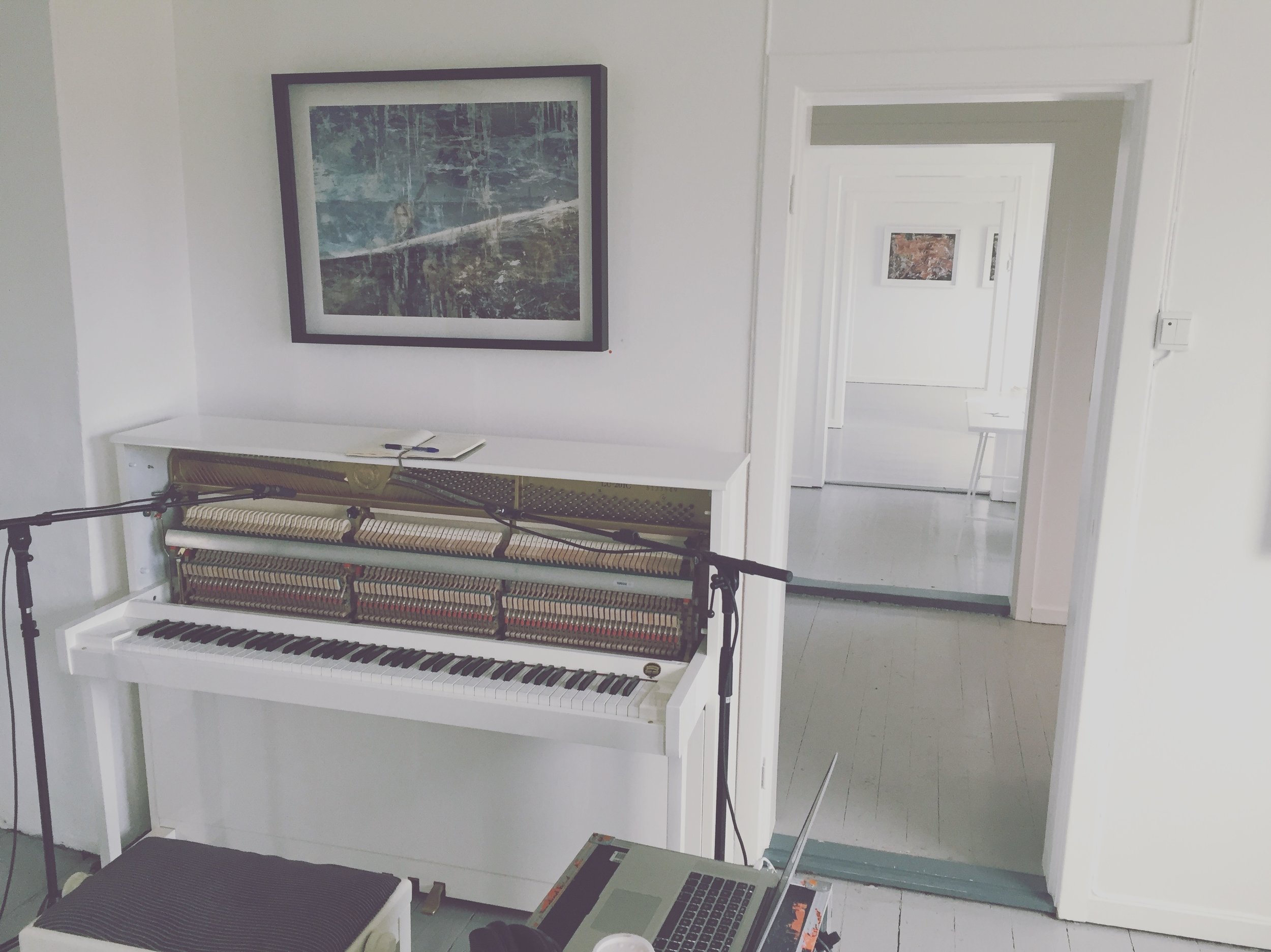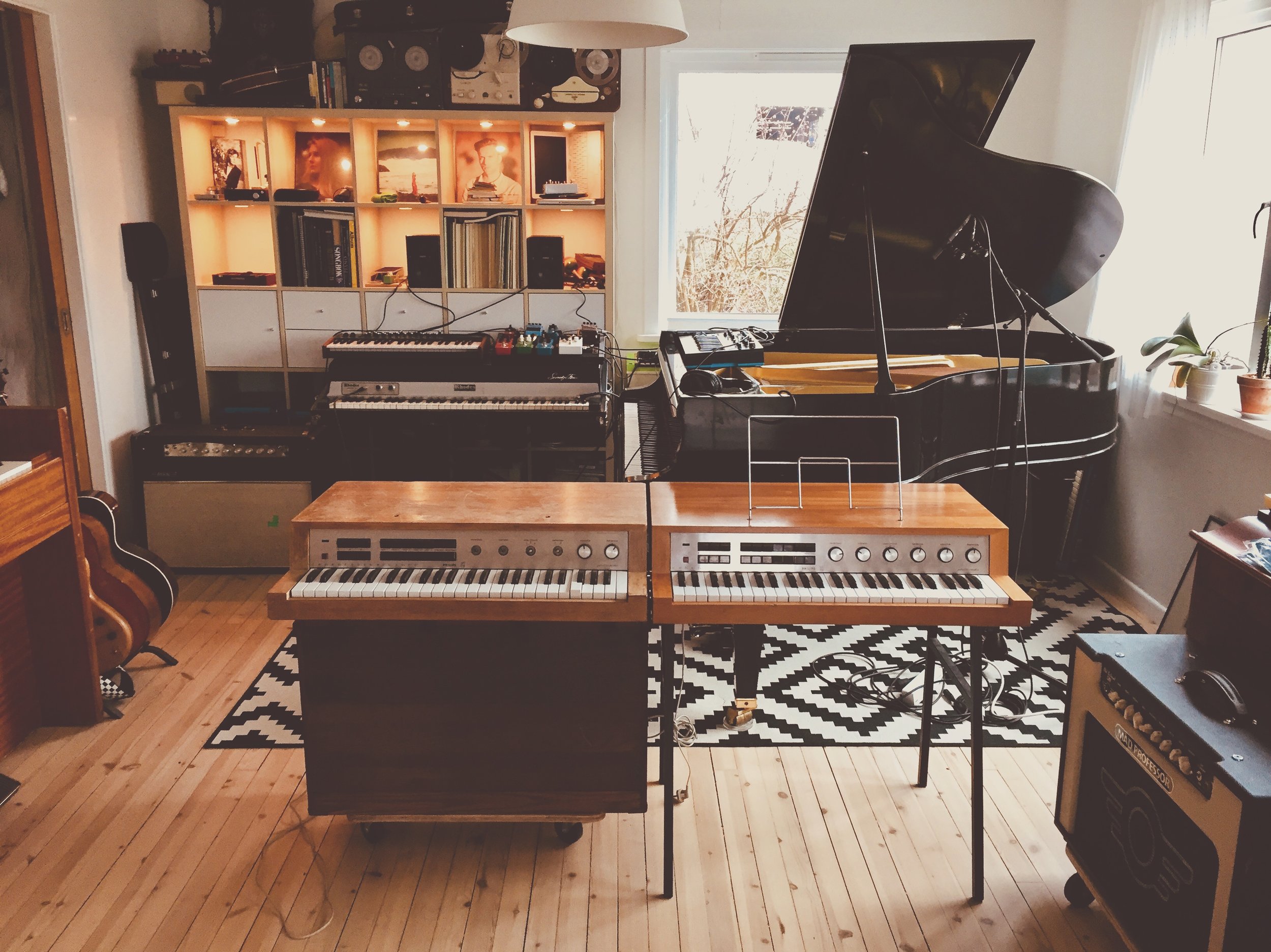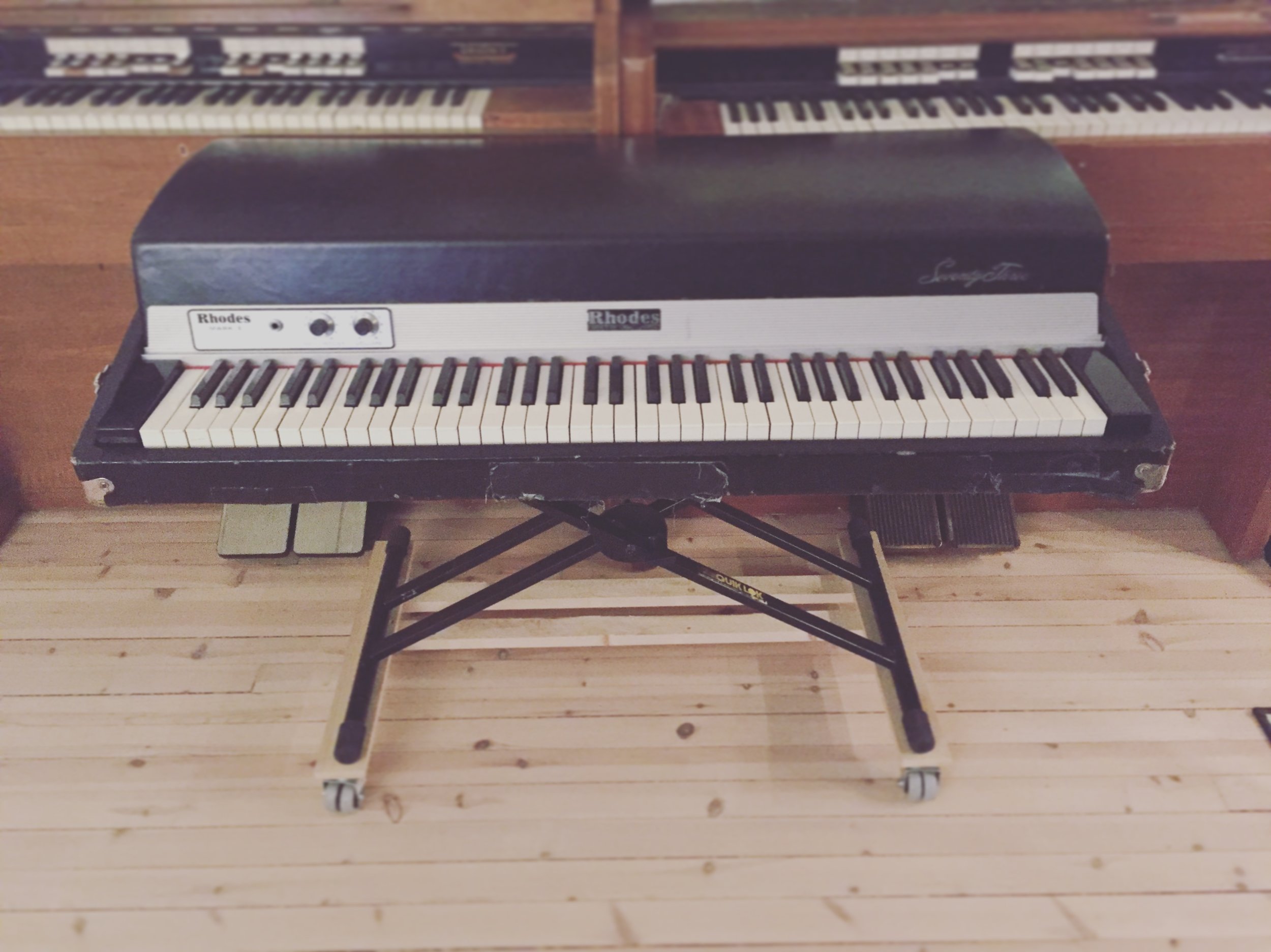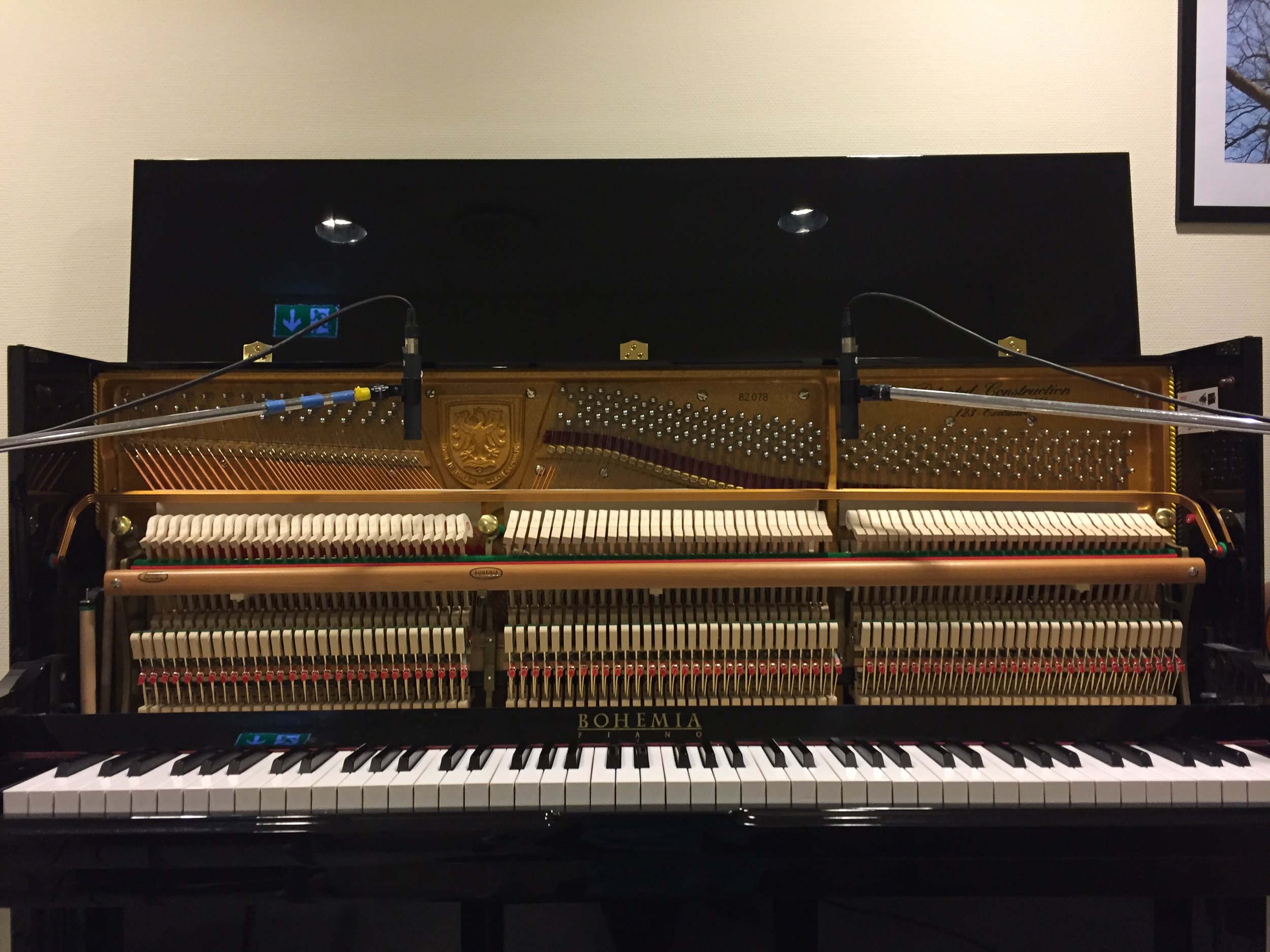Creating Arpeggio EP
Sometimes you have these strange ideas that you abandon almost in the minute you get them, because you think they’re too strange, impossible to go through with or simply not any good. I was about to abandon the initial idea for this release, but i am glad that it stuck around and eventually turned into a recording.
My 3 track EP «Arpeggio» was released on March 29th, on Nils Frahm’s «Piano Day», a global event celebrating the piano and everything around it. Why March 29th, you say? Well, it is the 88th day of the year. And most pianos have 88 keys. If you’d like to listen as you read, you can press play to the left, or find the EP on Spotify by clicking here.
Background
The tracks are actually 3 versions of the same tune, or at least the same harmonic structure, and I got the idea for the Arpeggio theme a couple of years ago. A part of me finds a sort of strange relief in playing patterns using all five fingers. Maybe it sticks around from the Hanon exercises from my younger days when I played classical piano and was determined to become the new Leif Ove Andsnes, I don’t know. Anyway, I started playing this arpeggio* up and down and I didn’t know exactly what to make of it. I left the idea in the drawer for quite a while, but it kept coming back to me. I think that when you can’t get a thing out of your head, it’s a sign of an idea that needs to be developed into something more.
* «An arpeggio (Italian: [arˈpeddʒo]) is a type of broken chord, in which the notes that compose a chord are played or sung in a rising or descending order. An arpeggio may also span more than one octave.» (Wikipedia)
Drifting, Almost Falling wrote a nice review of the EP, assuming that the closing track «Arpeggio» was the basis for the two other tracks. In some way it is. But everything actually started with “Warpeggio”, the opening track.
A remote art gallery with a piano
When I recorded “Pharos” (Spotify link) on a beautiful, white(!) Yamaha U1 piano in a small art gallery near Lista Lighthouse, I also spent some time fooling around with the Arpeggio idea. I already had the piano’s damper felt engaged as I used it on “Pharos”. The damper felt was originally designed in order to keep a good relationship to your neighbours when practising, as it decreases volume and softens the tone. Ever since I heard Nils Frahm’s beautiful album “Felt” (Spotify link) the first time, I’ve been incredibly fascinated by this sound, and kept on exploring recording techniques and how to embed it into my own musical language.
I ended up recording for a while, stacking 3 layers of acoustic piano on top of each other. This very improvised recording turned out to be the first tune «Warpeggio» (for the records, I am anticipating «warp» with the title, not «war»), and the basis for the whole EP.
The production and the instruments
I continued working on it in my studio, adding layers, mixing and producing. I used my beloved Phillips Philicorda (whom lately was reunited with it’s twin, more about that later) for the pad sounds, sent through my Roland Space Echo RE-301 twice and panned hard L/R as a stereo pad. The bass synth is a Novation Bass Station II, and I think there might be some Casio MT-101 in there as well. The melody is played on my dear Fender Rhodes mk1 that used to be on the road with Norwegian cult band Jaga Jazzist (I bought it very cheap and in a devious state from Øystein Moen ages ago and it has been given some love since). In order to move the Rhodes around in the studio without killing my back, I put it on a keyboard stand and built a DIY dolly for it.
I originally intended to release «Warpeggio» as a single. But when the production was done, I couldn’t let go of the idea of recording more. So I ended up creating two more versions of the track for solo piano, trying to keep the main core of the tune but present it with some different approaches.
More felted upright piano
Since the piano tracks on “Warpeggio” were recorded on a felted upright piano, I wanted to continue with this sound for the two remaining tracks. I don’t have an upright piano in my studio yet (but I do have a wonderful ‘1920 Mason & Hamlin grand that you’ll hear more about later), so I needed to set up on location to record the rest. I work as a piano teacher at the local music school two days a week, and the day we had the pianos tuned at work, I seized the opportunity and brought my Neumann KM184s. I spent the evening after my classes recording «Arpeggio» and “Harpeggio”.
The EP turned out as a kind of conceptual album for me, as I’ve never released different versions of the same song before. I’ve tried to create a sense of eternity and time ticking in the tracks, and I hope that you’ll enjoy listening to the EP.
I’d be happy to answer any questions, and would also be glad to hear your opinions about the music below!
All the best,
Lars Jakob

